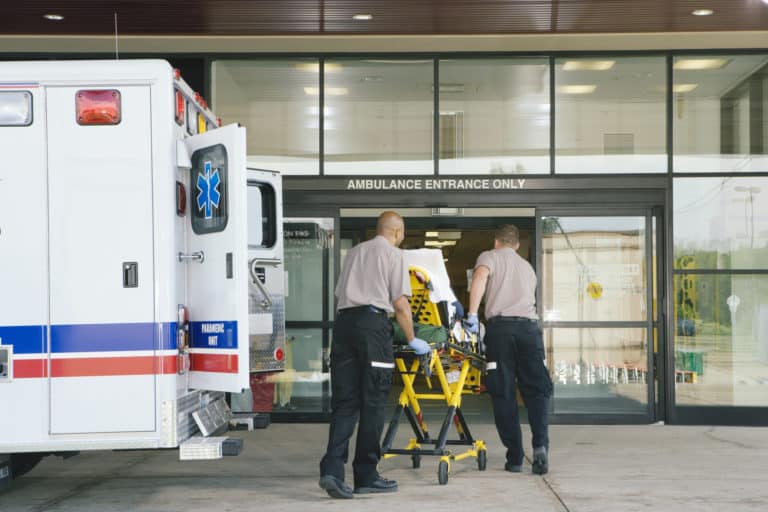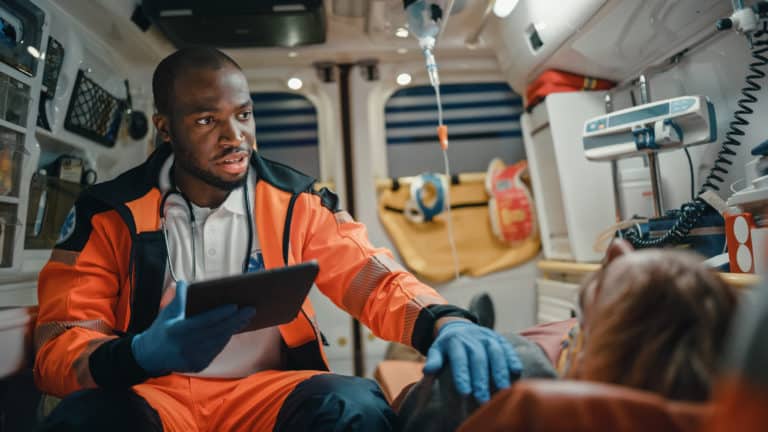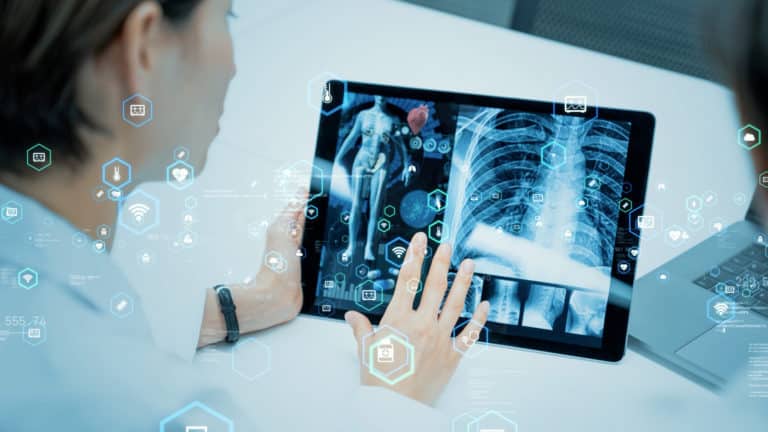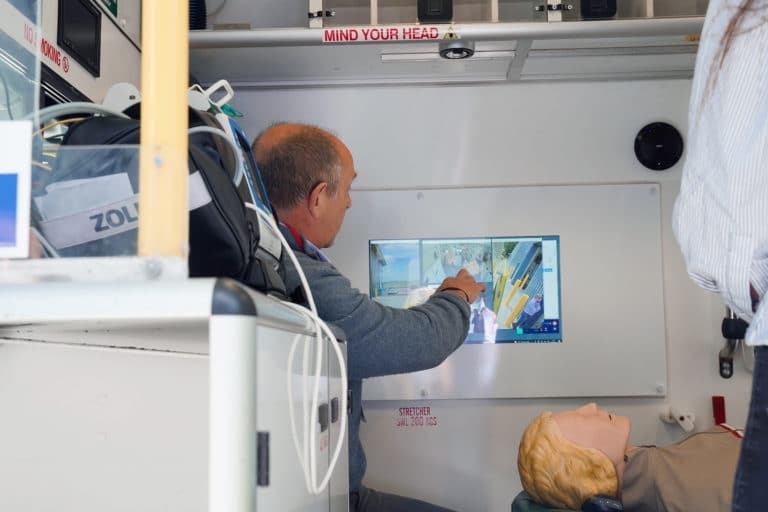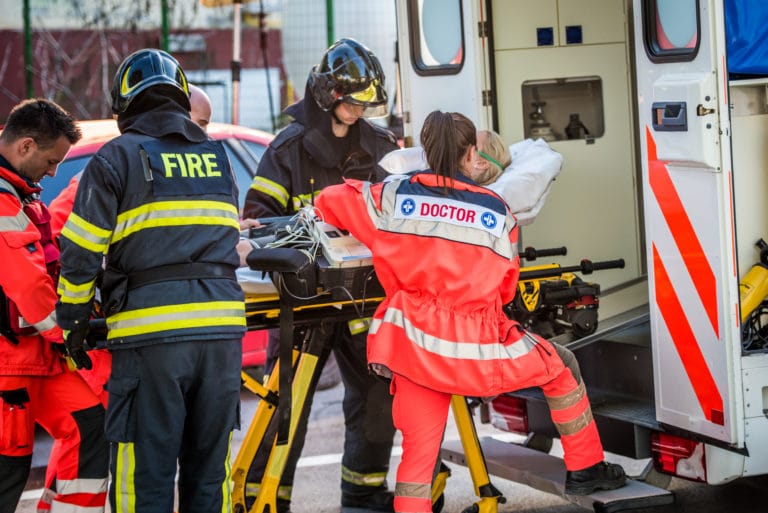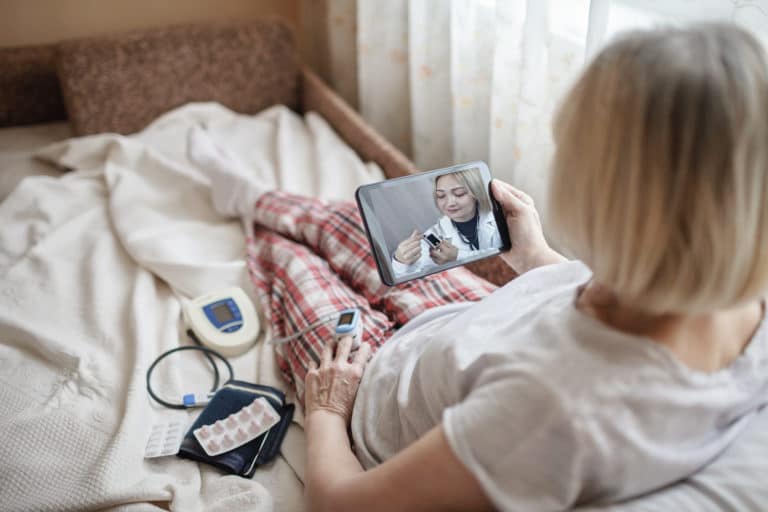Across the globe, healthcare systems are strained under rising patient demand, an aging population with increasingly complex conditions and an exhausted workforce. Health leaders recognize the need to be innovative with their approaches to emergency care, with a focus on managing hospital capacity and empowering clinicians to deliver care to more patients in a way that does not compromise on safety or quality.
To this end, the Centers for Medicare and Medicaid Services (CMS) have developed the ET3 model. Currently in trials across the US, the CMS are testing if the model can improve patient satisfaction while simultaneously decreasing overall Medicare spending by paying EMS agencies to provide on-scene triage and treatment, or transport patients to different destinations.
It marks a wider movement of providers increasingly looking for new methods of connecting EMTs virtually with their Emergency Departments, enabling them to Triage and Treat at the scene, and supporting them to make decisions regarding the patient’s care and level of need for transportation to hospital.
This article covers:
- What the ET3 model is
- How the model works in practice
- The model’s benefits and challenges
What is the ET3 model?
The ET3 model is a new payment plan, which will see the CMS pay participating ambulance suppliers and providers to:
- Transport the patient to a hospital Emergency Department (ED) or other destination covered by the regulations
- Transport the patient to an alternative care facility (such as a community mental health center (CMHC), a primary care office or an urgent care clinic)
- Provide Treatment-in-Place (TIP), either by the qualified health care partner at the scene or supported by a remote specialist via telehealth.
In this way, the model will provide ambulance care teams with more options for attending to the needs of Medicare Fee-for-service (FFS) beneficiaries, enabling them to be more flexible in their approach to emergency care.
Although voluntary, it is anticipated that most services will choose to adopt the model, given the potential it has to improve the quality of care whilst simultaneously lowering costs by reducing avoidable transport to ED and unnecessary hospitalizations following these transports.
What are the model’s goals?
CMS define the ET3 model’s aims as reducing expenditure and preserving or enhancing quality of care by:
- Providing person-centered care such that beneficiaries receive the appropriate level of care, delivered safely at the right time and location. As such, beneficiaries will gain greater control over their care through the availability of more options
- Encouraging appropriate utilization of services to meet healthcare needs effectively
- Increasing efficiency in the EMS system to more readily respond to and focus on high-acuity cases, such as heart attacks and strokes.
How does the model work in practice?
Following a 911 emergency call, a health care professional will discuss the individual’s health concern and make a decision regarding the initiation of the ambulance service. If initiated, on arrival to the scene ambulance suppliers and providers participating in the model can triage Medicare FFS beneficiaries to one of ET3’s interventions.
These interventions are to either transport the patient to an alternative care facility or provide TIP.
What are the benefits of the ET3 model?
The ET3 model ensures patients receive the most appropriate emergency care at the right time and place, thereby improving the quality of care they receive whilst lowering costs to providers.
At every level of the healthcare ecosystem, patients, clinicians and providers are set to benefit from the model’s more coordinated approach to care resulting in:
- Better access to high-quality, patient-centered care where and when it is required
- More flexibility for EMS teams
- Reduction in unnecessary transport to hospital
- Lessened burden on hospitals and their bed capacity
- Increased efficiency in use of healthcare resources
- Increased ability to care for more patients in a timely manner
- Empowered patients to make informed decisions on the care they want to receive
- Potential cost savings to the patient without the need to sacrifice quality of care
- Better cost for EMS agencies and healthcare providers being a chargeable event
What are the challenges and barriers to participation?
A considerable challenge for promoting ET3 model adoption is the risk of disincentivizing participation for health systems that are focused on patient volume. However, alternative payment options will continue to become more prevalent, meaning hospitals will receive additional incentives to reduce and eliminate unnecessary returns to hospital.
Visionable’s ‘See & treat’ capabilities mean anyone can share live video streams and medical data, facilitating accurate remote triage and thereby safely reducing the number of avoidable ambulance conveyances to emergency departments. By diagnosing and treating patients earlier in the care pathway, patients are only taken to hospital if that is the right place for them – saving time, money, and resources.
The main operational challenge associated with participation in the TIP option relates to rural emergency services and the connectivity issues that may present difficulties in facilitating the voice/video with a QHP. To ensure Visionable’s capability is available no matter where the emergency is located, it is underpinned by Excelerate’s technology which uses a combination of cellular, satellite, and wireless technology to overcome traditional boundaries and limitations and enable the flexibility needed for all remote environments.
Ensure your organization is ET3-ready
Visionable has the healthcare expertise and technology to help your organization become ET3-ready. Our solution connects EMTs with remote ER physicians for on-scene triage, enhanced situational awareness and increased efficiency to deliver the best possible patient-centered care.



